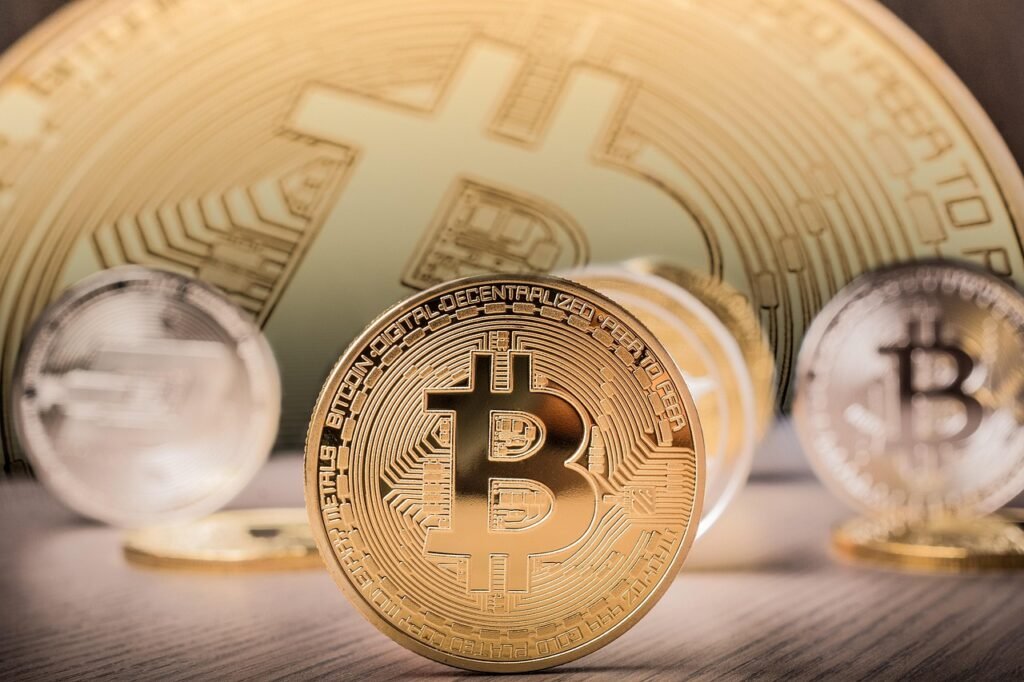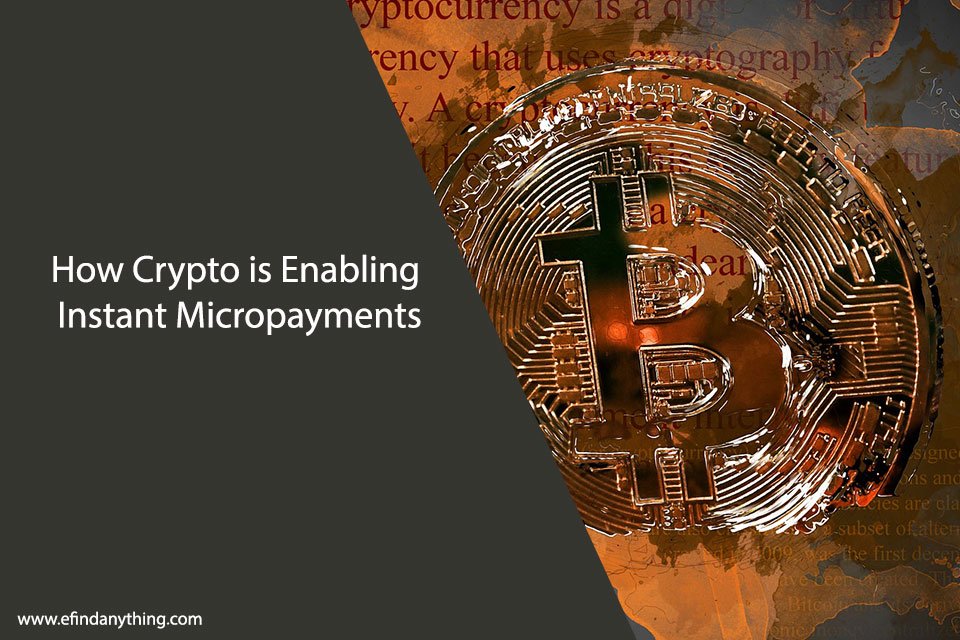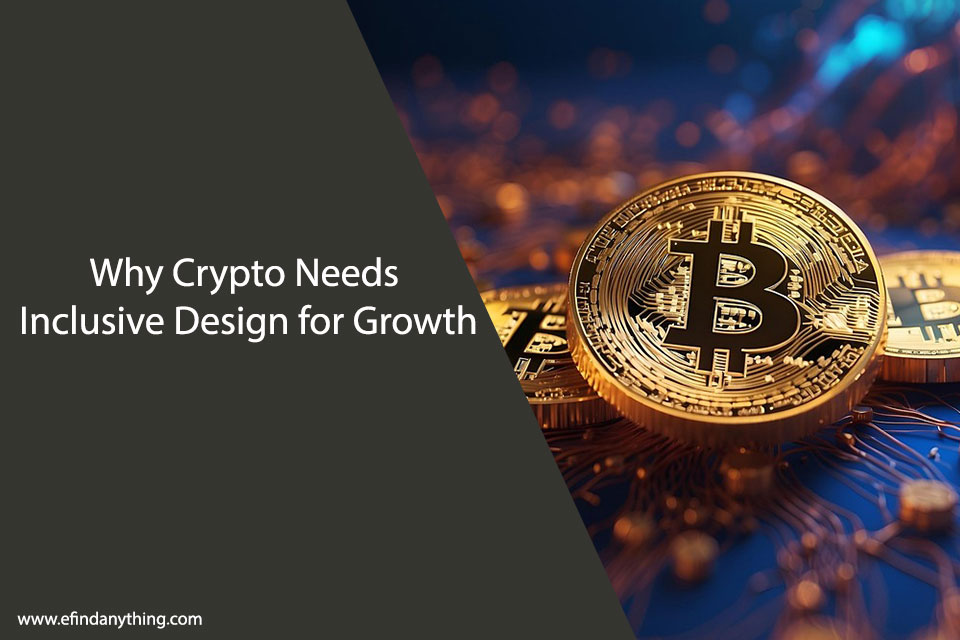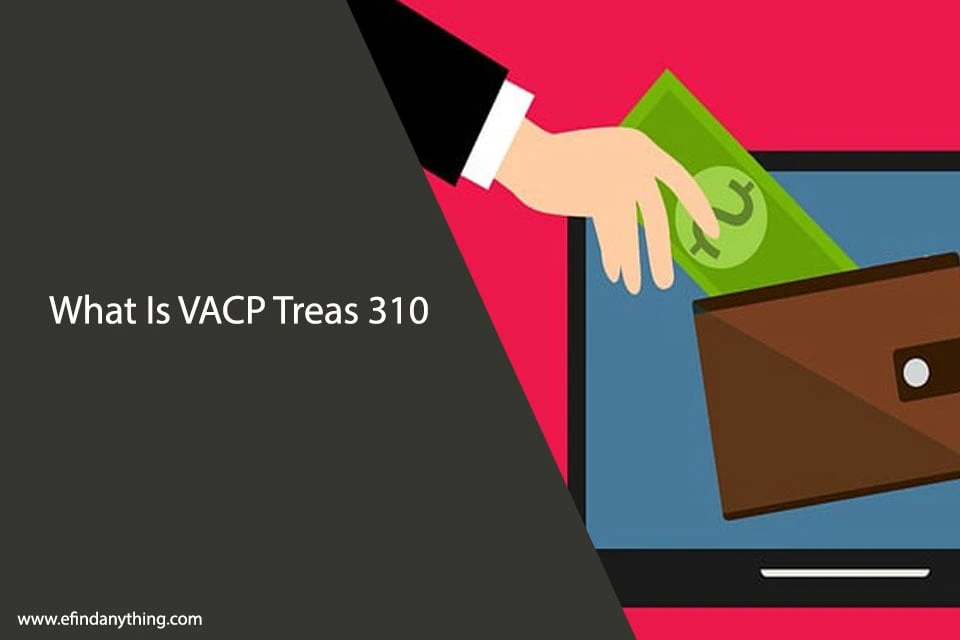
The retail industry has entered a new era, driven by consumer demand for authenticity, ethical practices, and accountability. Modern shoppers are no longer satisfied with simply purchasing products—they want to know the story behind each item, from where it was produced to how it reached the shelves. However, traditional supply chains often lack the visibility needed to provide this information with certainty. Zarios Platform leverages blockchain technology to bridge this gap, offering a decentralized and tamper-proof system that is reshaping retail transparency on a global scale.
The Growing Demand for Transparency in Retail
Transparency has become a key factor in consumer decision-making. Surveys show that buyers are increasingly willing to pay more for products that are ethically sourced, sustainably produced, and authentically branded. Yet, many companies struggle to prove these claims, as traditional supply chain systems rely heavily on manual documentation, siloed databases, and intermediaries. This lack of visibility creates room for counterfeit goods, false labeling, and unethical practices to infiltrate the market. For retailers, the inability to guarantee transparency undermines customer trust and brand loyalty. Blockchain offers a way to rebuild that trust by creating immutable records t2hat anyone in the network can verify.
How Blockchain Works in Retail
Blockchain functions as a distributed digital ledger where every transaction or data entry is recorded across multiple nodes. Once information is added, it cannot be altered or deleted, ensuring accuracy and security. In retail, this technology enables end-to-end tracking of products, from sourcing and manufacturing to distribution and final sale. Each step of the product journey can be logged onto the blockchain, with unique identifiers such as QR codes or RFID tags attached to items. Consumers can then scan these codes to view the full history of the product, gaining instant access to details about origin, quality certifications, transportation, and sustainability practices.
Combating Counterfeits and Fraud
Counterfeit products are one of the most significant challenges in global retail, costing companies billions annually. Luxury fashion brands, electronics manufacturers, and even food suppliers face risks when fake items infiltrate their supply chains. Blockchain provides a robust defense against this problem by enabling verifiable product authentication. For example, when a high-end handbag is manufactured, a digital certificate of authenticity can be issued on the blockchain. At every stage of the supply chain, this record is updated, creating a traceable path that cannot be falsified. By the time the product reaches the consumer, its legitimacy is beyond dispute, helping brands safeguard their reputation while protecting customers from fraud.
Strengthening Ethical and Sustainable Practices
Modern consumers are deeply concerned about sustainability and ethical sourcing. Questions such as whether coffee beans are fair trade, whether diamonds are conflict-free, or whether clothing is produced in safe working conditions influence purchasing decisions. Blockchain provides the transparency needed to verify these claims. Retailers can use blockchain to record certifications and compliance documents directly onto the ledger. This allows customers to confirm that the product they are purchasing meets ethical standards. For example, a supermarket could provide blockchain-verified data showing that its seafood was caught sustainably, or a clothing brand could prove that its cotton was sourced from farms meeting fair labor guidelines. This level of visibility not only enhances customer trust but also holds companies accountable, encouraging more responsible business practices across the industry.
Enhancing Food Safety and Supply Chain Management
The food retail sector has been one of the earliest adopters of blockchain, largely due to growing concerns about food safety and traceability. Outbreaks of foodborne illnesses often require swift product recalls, yet traditional supply chains make it difficult to identify the exact source of contamination. With blockchain, retailers can trace food products back to their origin in seconds rather than weeks. For instance, if a batch of lettuce is found to be contaminated, blockchain records can pinpoint the farm where it was grown and the distribution route it followed. This precision reduces waste, minimizes risk, and ensures safer outcomes for consumers. Companies like Walmart have already implemented blockchain systems for food traceability, partnering with suppliers to provide real-time transparency in their supply chains. These initiatives showcase the practical benefits of blockchain in protecting public health while improving operational efficiency.
Building Customer Trust Through Digital Transparency
One of the most powerful aspects of blockchain in retail is its ability to empower consumers directly. By scanning a QR code on a product, shoppers can instantly access verified information about its origin, ingredients, manufacturing processes, and even its carbon footprint. This level of transparency transforms the customer experience, turning shopping into a more informed and ethical decision-making process. Brands that embrace blockchain can differentiate themselves by offering a level of honesty and openness that traditional systems cannot match. In an age where customer loyalty is increasingly tied to values rather than just price, blockchain-enabled transparency has become a key competitive advantage.
Case Studies of Blockchain in Retail
Several global retailers have already embraced blockchain to enhance transparency.
- Walmart and IBM Food Trust: Walmart has collaborated with IBM to implement blockchain for tracking leafy greens and other food products, dramatically reducing the time required to trace items from farms to shelves.
- De Beers: The diamond giant uses blockchain to track diamonds from the mine to the consumer, ensuring they are conflict-free and ethically sourced.
- Carrefour: The French retailer uses blockchain to let customers trace poultry, dairy, and produce back to their source, strengthening consumer confidence in food safety.
- LVMH: Luxury brands under the LVMH umbrella have adopted blockchain-based solutions to authenticate high-value goods, reducing the impact of counterfeiting in luxury markets.
These real-world applications demonstrate how blockchain is not just theoretical—it is actively transforming retail practices across industries.
Challenges and Considerations
While the benefits are clear, blockchain adoption in retail faces several challenges. Implementation costs can be high, particularly for small and mid-sized retailers. Integrating blockchain with existing systems requires technical expertise and cooperation across supply chain partners. Scalability is another concern. As supply chains involve vast amounts of data, ensuring blockchain networks can handle high transaction volumes efficiently is critical. Additionally, industry-wide standards must be established to ensure interoperability between different blockchain systems. Despite these challenges, the long-term advantages of transparency, trust, and efficiency make blockchain a worthwhile investment for retailers seeking to thrive in a competitive market.
The Future of Retail Transparency with Blockchain
Blockchain is poised to play a central role in the future of retail, shaping a more transparent and accountable marketplace. As adoption grows, consumers can expect to see blockchain-integrated shopping experiences where every product comes with a verifiable digital history. The technology will continue to evolve, incorporating advances such as smart contracts and Internet of Things (IoT) devices to automate and enhance data collection across supply chains. In time, blockchain could become the standard for retail transparency, redefining consumer expectations and reshaping the global retail industry.











